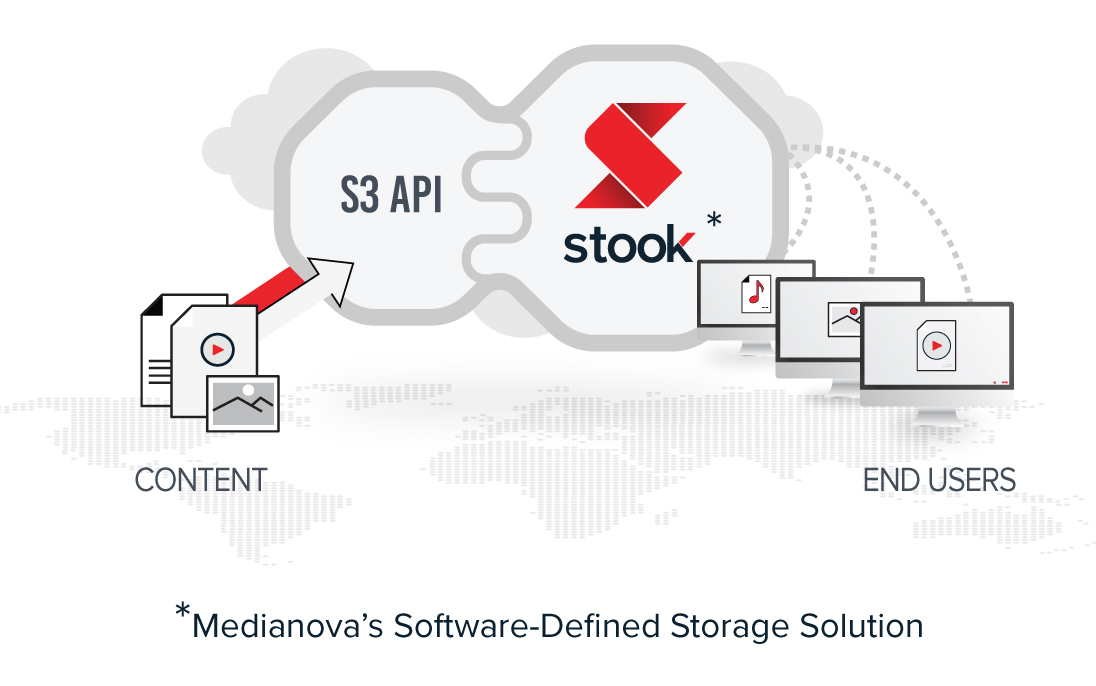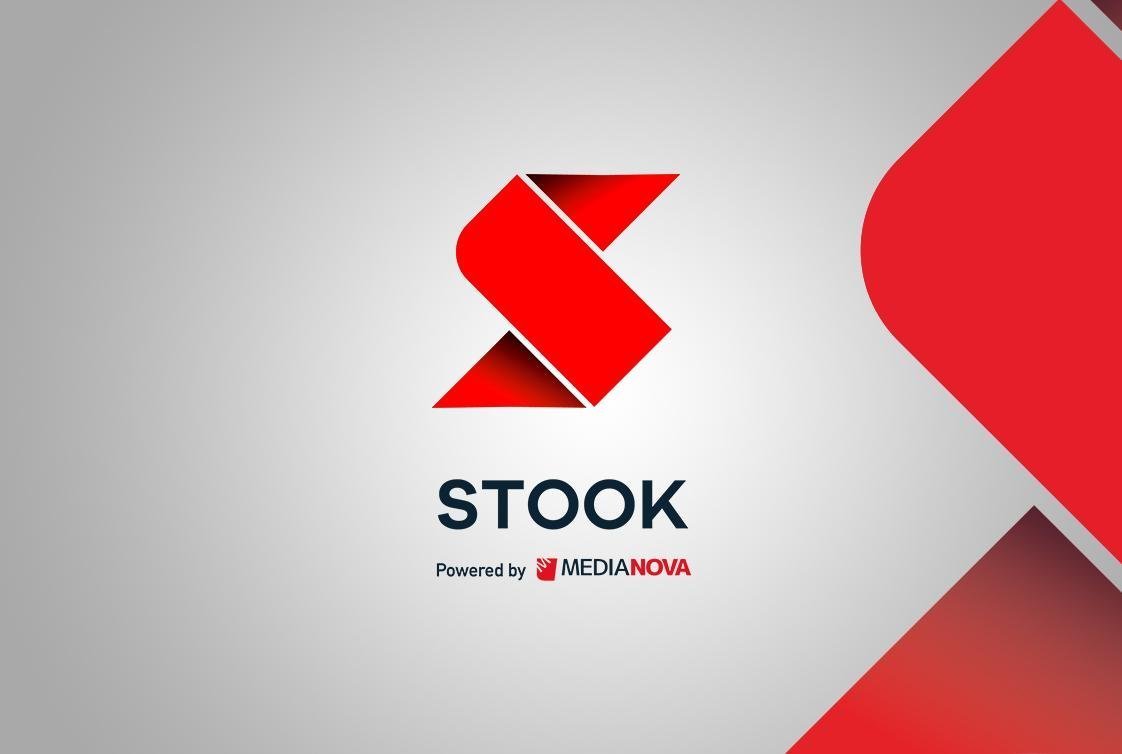The State of Software-Defined Storage In 2021
Today, companies of all sizes are looking to invest in setting up state of art data architecture, to manage the end to end enterprise data workflow – from automating data ingestion, to data storage and management and finally to capitalize on the value of the data with cutting edge data visualization and insights. Nearly 2.5 quintillions of data are generated daily today. Especially processing this data poses a challenge to organizations and therefore innovative solutions are coming up to deliver on these use cases and provide answers to these enterprise-grade challenges. The growing volumes of data and the expanding complexity of handling different use cases with diverse data types is stressing the traditional IT infrastructure, and this is leading to the emergence of innovative storage solutions.
How did software-defined storage come into the picture?
Software-Defined Storage evolved to help enterprises come up with cost-effective and efficient storage mechanisms that can handle the rising enterprise storage demands with the increasing volume of structured/ unstructured and semi-structured data workloads that enterprises demand today to manage tasks.
Software-defined storage does abstraction away from hardware and utilizes software to handle the features of storage media.
So, what is the traditional method of enterprise data storage?
Enterprises would typically procure a lot of drives and then use special software to create a big pool of storage. The hardware and software are designed to work seamlessly together. Needless to say, this architecture was quite rigid and enterprises would often end up getting tied into a single storage vendor. Hence, vendor lock-ins used to become frequent.
SDS is the solution to this.
In SDS, the storage software is decoupled from the hardware, allowing enterprise customers greater simplicity, flexibility, choice, and cost-efficiency.
Software-defined storage enables companies to simply install the software on any device that they want. Hence, the chances of vendor lock-ins are minimized.

As you can see, this architecture makes it immensely flexible for IT managers to expand their enterprise storage volumes on the basis of their bespoke requirements, without investing in additional hardware as the demand peaks.
SDS can be used to deliver storage requirements based on standardized metrics such as IOPS, bandwidth, and latency requirements. Quality of metrics is used to monitor the metrics so that the underlying hardware does not create any impact on the storage.
As SDS solutions have become popular, have they delivered on their promise of cost-effective and flexible storage services for handling modern enterprise storage needs?
When the SDS solutions emerged on the scene, they were nothing more than separated hardware and software. SDS vendors would provide software that was specified to run on certain hardware configurations ( specified by cores). This made it possible for the enterprises to buy cheap commodity hardware on their own and install the software. But this created its own set of problems. Enterprises had to manage the procurement and set-up of the hardware, ensure compatibility and check for bugs. So, in the beginning, the hardware and software used to be separate, and hence the management used to be burdensome.
SDS has grown to become a widely adopted model across the industry. SDS has capitalized on the advancements in hardware, such as improved DRAM and bus speeds.
So, how are SDS solutions going to fare in 2021 and beyond?
1) Enterprises will further shift towards SDS – More and more storage devices will move towards being software-defined. The flexibility offered by SDS means that these solutions will continue to become even more popular, especially with improving hardware capacities to handle and support enterprise requirements, it makes less and less sense to keep the software and hardware so tightly bundled as they used to.
2) Storage devices will need to continue to become better and more efficient at data management, especially with the rising enterprise use cases around advanced analytics and AI. SDS solutions will need to become smarter and more evolved at supporting these modern and cutting-edge enterprise use cases through developing more efficient file systems and APIs, as well as integrating data privacy and data governance.
3) SDS solutions will also need to become better at managing access to data across geographic and technological restrictions. The issue of data sitting in silos is real and this creates major challenges in supporting important use cases and data projects. Data mobility needs to become better in 2021 with SDS solutions becoming more popular. They need to ensure that data can be shared freely while maintaining the required levels of data integration and data governance.
SDS has been a revolution in the realm of enterprise storage requirements and needs. In 2021, we expect SDS to continue delivering on their benefits such as flexible resource usage and lack of hardware dependence while expanding their footprint and adoption across companies of all scales and sizes.



